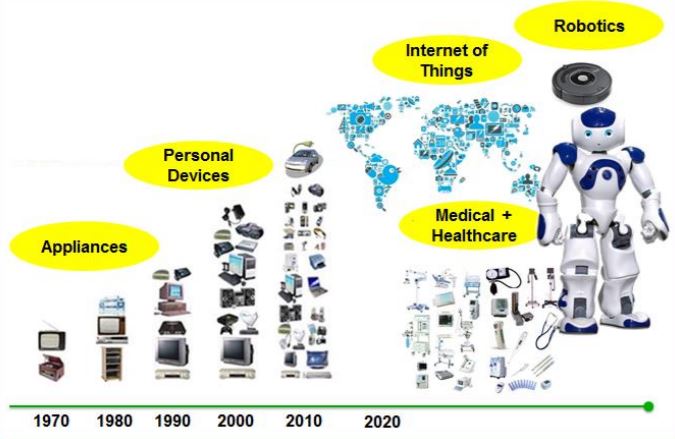Project Info
COMPLETE
 Project Title
Project Title
 Project Title
Project Title
Technology Roadmap towards 2030 and Beyond
Project Number ET14SCE1160 Organization SCE End-use Plug Loads and Appliances Sector Commercial Project Year(s) 2014 - 2017Description
This project will provide a better understanding of emerging technologies and their energy related performances, helping us to achieve greater efficiency. loT technology and other advanced energy management systems potentially offer both advantages and challenges. A more thorough review of plug load devices is needed to develop a better measure of savings via loT and "smart" devices. CalPlug will consider the mechanisms behind smart and especially interconnected appliances and identify ways to achieve additional savings at a lower cost overall.
Project Report Document
Loading PDF Preview...
